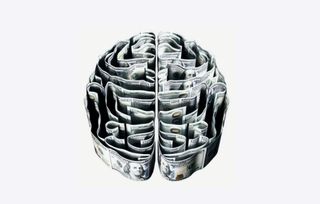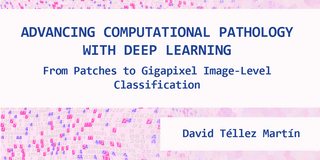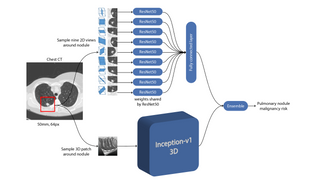Who should be paying - and how much - for AI in healthcare?
Cost-effectiveness studies may help answer that question. One of the first studies on this topic for AI has been published this week in Insights into Imaging.

Cost-effectiveness studies may help answer that question. One of the first studies on this topic for AI has been published this week in Insights into Imaging.

Geert Litjens has been awarded a Vidi grant worth 800,000 euros by the Dutch Research Council. He will investigate AI solutions for prostate cancer by combining radiology and pathology images.

Anindo Saha and Matin Hosseinzadeh, led by Henkjan Huisman, investigate state-of-the-art practices across recent literature and harmonize their findings into an automated 3D detection/diagnosis model for clinically significant prostate cancer in MRI.

Cristina González Gonzalo (Radboudumc/UvA), Gerda Bortsova (Erasmus MC) and Suzanne Wetstein (TU Eindhoven) study previously unexplored factors affecting adversarial attack vulnerability of deep learning medical image analysis systems in three medical domains: ophthalmology, radiology, and pathology.

David Tellez succesfully defended his PhD thesis with the title 'Advancing computational pathology with deep learning: from patches to gigapixel image-level classification'.

Ecem Sogancioglu, Erdi Calli, and the team review all studies in deep-learning for chest X-ray images and discuss the state-of-the-art, datasets, commercial products, and clinical needs.

Kiran Vaidhya Venkadesh and team developed an AI algorithm for predicting the malignancy risk of lung nodules. This work appeared in Radiology.

European Radiology publishes a paper on the market landscape and scientific evidence of CE marked artificial intelligence products in radiology.

Jeroen van der Laak, Geert Litjens, and Francesco Ciompi discuss the way to the clinic for computation pathology algorithms.

Nils Hendrix developed an AI tool to detect scaphoid fractures on x-rays. Their work was published by the journal Radiology: Artificial Intelligence.